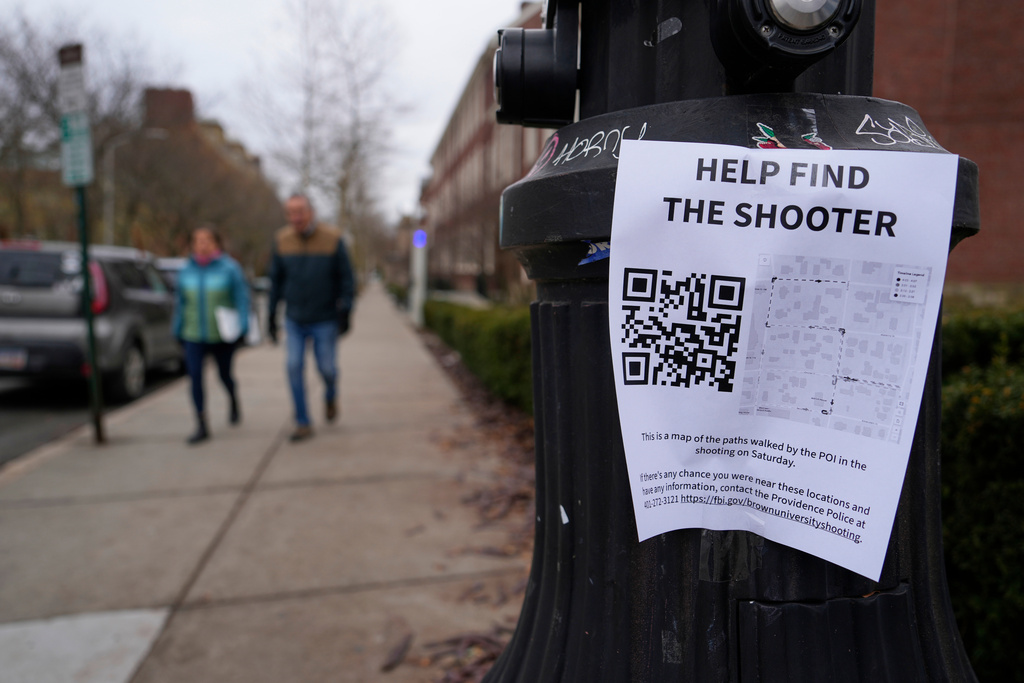As the fall season kicked off officially on Sept. 22, so does a new season for the real estate market, which is continuing to face challenges.
Mortgage interest rates climbed to an average of 7.75% for 30 year loans, and the median existing-home sales price climbed 3.9% from one year ago to $407,100 – the third consecutive month the median sales price surpassed $400,000, according to the National Association of Realtors.
As the season changes from busy spring and summer, what is the outlook for fall when it comes to buying and selling a home? Real estate agents from four different areas of the country share their insights.
Denver, Colorado.
Fall has historically been the ideal time for buyers to get into the market, and this year is no exception, said Kelly Moye of The Kelly Moye Team at Compass Real Estate of Denver/Boulder. Why? Because the holidays are right around the corner and those sellers who haven’t sold yet start to get a bit nervous.
Price reductions are prevalent as sellers try to sell before the winter.
“This is a prime chance for buyers to negotiate a great deal on a house,” Moye said.
Buyers who are sitting on the sidelines to wait for spring may miss a window of opportunity, she said.
Inventory is still low due to sellers who are hoping for lower rates for their next home, but that is not likely to change any time soon, Moye said.
Northern New Jersey
Padraic Gallagher is the managing broker at Story Residential of Compass in Hoboken, Hudson County, New Jersey, just across the river from Manhattan.
The shortage of housing in the suburb of New York City has been fatiguing buyers and rewarding sellers for the past three years, he said.
“This lack of supply, coupled with the past year's rising interest rates, has sidelined sellers that are locked in at low mortgage rates, along with price sensitive buyers who are able to make their current living situations work, for now,” Gallagher said.
The homes on the market now are typically sellers in the midst of life-changing events, such as new children, retirement, downsizing, job loss or relocation. These sellers are currently receiving top dollar for their homes, Gallagher noted, due to the lack of inventory.
More buyers are looking to the surrounding neighborhoods seeking value and affordability in the current market, he said.
Prices will hold in the popular areas while some softening will happen in fringe neighborhoods with expanding housing stock, Gallagher predicted.
The fall season is a great time to sell and a strategic time to buy, he added.
“The best time to buy a home is when others are scared and your motivation is for a longer-term hold,” Gallagher said.

Age of first-time homebuyer reaches record high
The average age of the first-time buyer is now 36.
Indianapolis, Indiana.
The chill is in the air in Indiana. As the season changes, so does the real estate market. Though it’s not as busy as spring and summer, there’s still movement in the Indianapolis market in the fall season, said Carrie Holle of The Carrie Holle Group.
“With less buyer competition and the beautiful autumn weather, buyer and seller activity surges before the cold weather arrives,” she said. “We see a strong market until Thanksgiving when things tend to slow down through the first of the year.”
Austin, Texas.
In Austin, the real estate market, like many others across the nation, has felt the impact of higher interest rates, said Nicole Marburger at Legacy Real Estate Group at Compass. She is guiding her clients through seasonality shifts in the market.
During the pandemic, consumers showed extreme flexibility in their timeline to move, she said. But current trends are now headed back into pre-pandemic seasonal real estate trends.
“Therefore, as a seller your prime time to achieve top dollar is likely going to occur during the spring and summer months,” Marburger said.
As a buyer, there will be less competition in the fall and winter of 2023 than the upcoming 2024 spring market, she predicted.
The Austin market is both resilient and dynamic, Marburger said, adding that opportunities can be found on both ends of a transaction.










